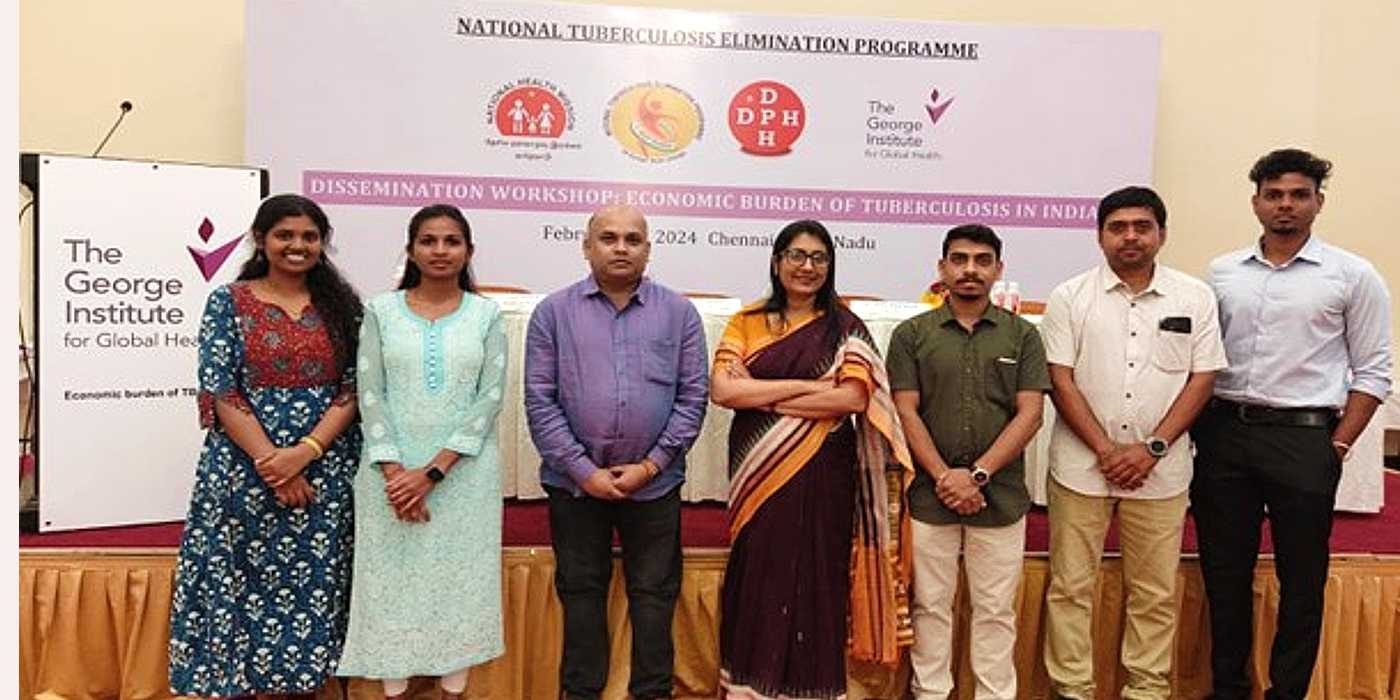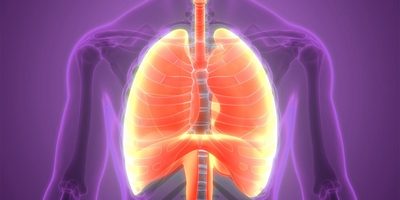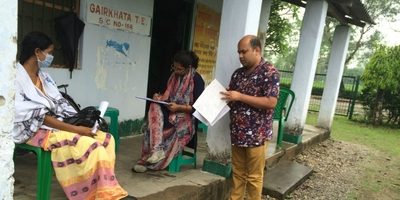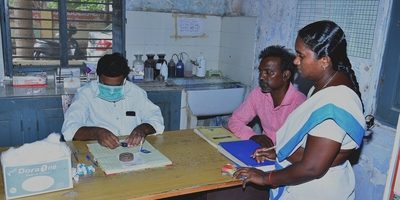
Deconstructing the economic burden of tuberculosis in India
This article was originally published on DBT/Wellcome Trust India Alliance with contribution from Susmita Chatterjee, Program Lead - Health Economics, George Institute for Global Health.
India has the highest tuberculosis (TB) burden in the world (Global TB Report, 2023) with more than 24 lakh cases reported in 2022 (India TB Report, 2023). As part of its commitment to the World Health Organisation’s “End TB Strategy”, the Government of India has set a target of achieving zero catastrophic cost (defined as total TB treatment cost ≥20% pre-TB annual household income) for TB-affected households by 2025. This necessitates a deeper understanding of the current extent of catastrophic costs faced by TB patients in the country.
The study led by Susmita Chatterjee, a DBT/WT India Alliance Intermediate Fellow at the George Institute for Global Health, Delhi, followed up a cohort of 1482 drug-susceptible (DS) TB patients from three diverse groups of population to quantify these costs. The groups included 529 members of the general population, 526 urban slum dwellers and 427 tea garden residents. The goal was to examine the complete economic burden faced by TB patients. Participants included in the study were from 16 districts, 118 TB units and 182 tea gardens in four Indian states - Assam, Maharashtra, Tamil Nadu, and West Bengal. An interim analysis of this study that includes data from 829 patients was published last year 1.
The team found that despite the provision of “free” diagnosis and treatment to all registered TB patients, when income loss related to TB treatment was considered in the total cost calculation, the total treatment cost of TB ranged from INR 30,364 (for tea garden residents) to INR 61,181 (general population). Consequently, 56 to 61% of TB patients were found to face ‘catastrophic cost’. Half of them faced this cost during the period from symptom onset to diagnosis because of an average of nine weeks delay in diagnosis. During the period, the affected individuals made an average of 8-11 visits to different healthcare providers. Some of them paid more than 20 visits (with a maximum going up to 52 visits) before they were diagnosed and also paid for consultations, drugs, laboratory tests, and travel.
TB had a serious impact on the participants’ employment status and resulted in massive income loss. Based on interviews with 705 participants, 6 to 10% of the patients living in urban slums and tea garden areas and 12% of the general population were found to be unemployed before being affected by TB. However, at the beginning of treatment, the percentage of unemployment increased to 39% among slum dwellers, 47% for patients in the general population, and 64% among participants in tea garden areas. To cope with the situation, a significant proportion of patients borrowed/sold their personal belongings and faced several other economic consequences such as the inability to pay bills, rent, and education fees regularly, or contribute to social events. For instance, 54% of the participants in tea garden areas coped with the financial crisis by borrowing while continuing with the treatment1.
Other investigations on the economic burden of tuberculosis (TB) in India have highlighted challenges in reaching the goal of zero catastrophic costs for TB patients 2,3. Studies indicate a substantial delay in diagnosis, contributing to the financial strain experienced by patients and their families4. The investigations led by Susmita’s team supplement these findings and suggest that reducing delays in diagnosis and creating opportunities for employment or protection of livelihood could be critical in reducing the debilitating impact of this disease. Exploring options such as reimbursement of pre-diagnosis costs through insurance schemes could offer additional financial relief. Additionally, prioritizing policies aimed at safeguarding TB patients from unemployment and income loss is crucial. These evidence-based solutions can aid in the reduction of the economic burden faced by TB patients in India.
Photograph: Patient interview by: Palash Das
Project team. Photograph by: Tharageswari
Literature cited
1. Chatterjee S, Das P, Shikhule A, Munje R, Vassall A. Journey of the tuberculosis patients in India from onset of symptom till one-year post-treatment. PLOS Glob Public Health. 2023 Feb 10;3(2):e0001564. doi: 10.1371/journal.pgph.0001564. PMID: 36811090; PMCID: PMC7614204.
2. Muniyandi M, Thomas BE, Karikalan N, Kannan T, Rajendran K, Saravanan B, et al. Association of tuberculosis with household catastrophic expenditure in south India. JAMA Netw. Open. 2020; 3(2):e1920973. pmid:32049293
3. Rupani MP, Cattamanchi A, Shete PB, Vollmer WM, Basu S, Dave JD. Costs incurred by patients with drug-susceptible pulmonary tuberculosis in semi-urban and rural settings of western India. Infect. Dis. Poverty. 2020; 9(1): 144. pmid:33076969
4. Chadha VK, Praseeja P, Srivastava R, Shivashankar BA, Kumar NKH, Padmesa R, et al. Pre-treatment delay and out of pocket expenses by notified new tuberculosis patients in an Indian mega city. Indian J Tuberc. 2022; 69(4):446–452. pmid:36460374.






